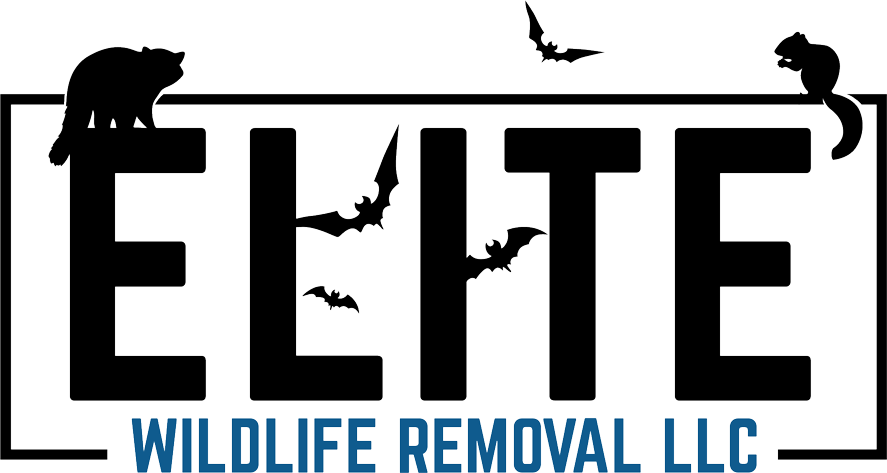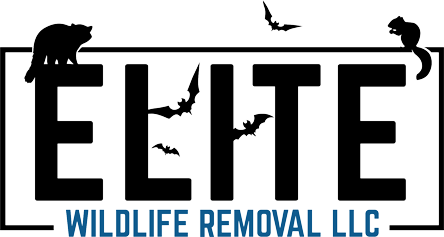Bat Removal And Control
Bat Removal And Control
Bats play a crucial role in controlling insect populations, consuming thousands of mosquitoes and other pests each night. However, when they take up residence in attics, barns, or other structures, they can create significant problems for homeowners and business owners alike. These flying mammals often seek out warm, dark, and enclosed spaces to roost, particularly in older buildings with accessible entry points or damaged roofing. While they may seem harmless from a distance, their presence indoors can lead to serious health concerns, structural damage, and ongoing disturbances if left unaddressed. Because they are creatures of habit, once they establish a roosting site, they will return year after year unless properly excluded.
One of the biggest concerns associated with bats is their waste. Over time, large colonies can accumulate substantial amounts of droppings, known as guano, which not only produce a strong odor but also foster the growth of harmful fungi. These fungi can cause respiratory infections such as histoplasmosis, a disease that can lead to severe lung complications, particularly in individuals with weakened immune systems. Additionally, theirincreases the likelihood of secondary infestations, as their roosting sites can attract mites, fleas, and other parasites. While they are not typically aggressive, bats can carry diseases such as rabies, making any close encounters especially dangerous. Even a single bite or scratch from an infected individual could pose a serious health risk, requiring immediate medical attention. Because of these hazards, professional removal and exclusion are essential to prevent further issues.
Recognizing An Infestation
Due to their nocturnal habits, bats are often difficult to detect until an infestation becomes severe. Some of the most common indicators include scratching or rustling noises coming from walls, ceilings, or attics at dusk and dawn. Homeowners may also notice stains near rooflines or entry points, as the natural oils on their fur can leave dark marks over time. Guano buildup beneath roosting areas is another clear sign, often accumulating in attics or on window ledges. Additionally, unpleasant odors may develop as waste material accumulates, leading to unsanitary conditions.
Unlike other nuisance wildlife, bats do not chew through structures to gain entry, but they are highly skilled at squeezing through tiny gaps, sometimes as small as a half-inch in diameter. Common access points include loose roof tiles, vents, chimneys, and gaps in soffits or fascia boards. Because these animals can return year after year, it is essential to address any infestation promptly and thoroughly.
Our Approach To Wildlife Removal
When you choose us, you will find that a humane and comprehensive approach to removal. Our process begins with a detailed inspection to identify entry points, colony size, and roosting locations. Since there are protected species in many regions, removal must be handled carefully to comply with legal guidelines and environmental considerations. Our team specializes in exclusion methods that allow these animals to leave while preventing re-entry.
The exclusion process involves installing one-way devices over primary entry points, ensuring that bats can exit the structure but are unable to return. Once all individuals have vacated, we seal off potential access points with durable materials such as heavy-duty mesh, weatherproof sealants, and metal flashing. This prevents future intrusions and safeguards the property against repeat infestations. Additionally, we provide professional cleanup services to remove guano, sanitize affected areas, and restore air quality to promote a healthy environment.
Preventing Recurring Infestations
Long-term prevention is key to keeping buildings free from bat activity. Property owners can take proactive steps by maintaining roofing and siding, repairing damaged vents, and sealing any cracks or crevices that could serve as entry points. Regular inspections of attics and chimneys can also help identify vulnerabilities before an infestation develops.
In outdoor spaces, installing bat houses away from buildings can offer an alternative roosting site, reducing the likelihood of these creatures seeking shelter indoors. Proper lighting and ultrasonic deterrents may also discourage them from gathering near homes and businesses. However, due to their protected status in many areas, removal efforts should always be handled by trained professionals who understand local regulations and proper exclusion techniques.
An infestation is not something to ignore. Beyond the health risks, their presence can cause structural damage, unpleasant odors, and unsanitary conditions that worsen over time. If you suspect a colony has taken up residence on your property, prompt action is essential. We specialize in humane, effective, and long-lasting solutions to protect your home or business.
Our team has the experience and expertise needed to assess, remove, and prevent future infestations using ethical and environmentally responsible methods. Don’t wait until the problem worsens—contact Elite Wildlife Removal today to schedule an inspection and reclaim your space. We are committed to providing reliable, professional wildlife control services that ensure peace of mind for our clients.
Frequently Asked Questions About Bats
Q1. Why do bats keep coming back to my attic even after I’ve tried to remove them?
A1. Bats are creatures of habit, and once they establish a roosting site, they will return year after year unless properly excluded. Even if you remove some individuals, the remaining colony members will likely return at dusk to the same entry points. They have an excellent memory and strong homing instincts, making DIY removal efforts ineffective in the long run. Additionally, if young bats (pups) are left behind, the mother will persistently try to re-enter. Proper exclusion methods, such as installing one-way doors that allow the creatures to leave but prevent their return, are the only way to ensure they stay out for good. We take care in sealing off access points and implementing long-term prevention strategies to keep your home bat-free.
Q2. Is it true that bats are protected, and does that mean they can’t be removed?
A2. Yes, many species are protected by state and federal laws due to their critical role in the ecosystem, particularly in insect control and pollination. However, that doesn’t mean they have to remain in your home or business. Their removal must be handled with care, using humane exclusion methods that allow them to exit without harm. In many areas, there are specific seasons when removal is restricted to prevent the disturbance of maternity colonies. If removal is attempted during these restricted periods, young bats may be left behind, unable to survive on their own. Our team of professionals complies with all regulations and use ethical, legal techniques to remove them while ensuring their conservation and the sanctity of your property.
Q3. Can bats cause structural damage to my home, or are they just a nuisance?
A3. While bats themselves don’t chew through wood or insulation like rodents, their presence can lead to serious structural damage over time. The accumulation of guano (droppings) can corrode wood and drywall, leading to costly repairs. The strong ammonia-like odor from their waste can also seep into walls, creating an unpleasant and persistent smell. Additionally, guano can foster the growth of harmful fungi, which may contribute to serious health issues such as histoplasmosis. Their movement within confined spaces can also dislodge insulation and create openings for other pests to enter. Because their colonies can grow quickly, addressing the problem early is crucial to preventing significant damage. We provides professional cleanup and exclusion services to restore your home and ensure that bats don’t return.
All Rights Reserved | Elite Wildlife Removal


